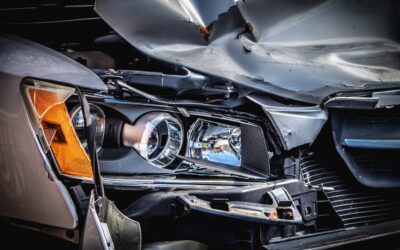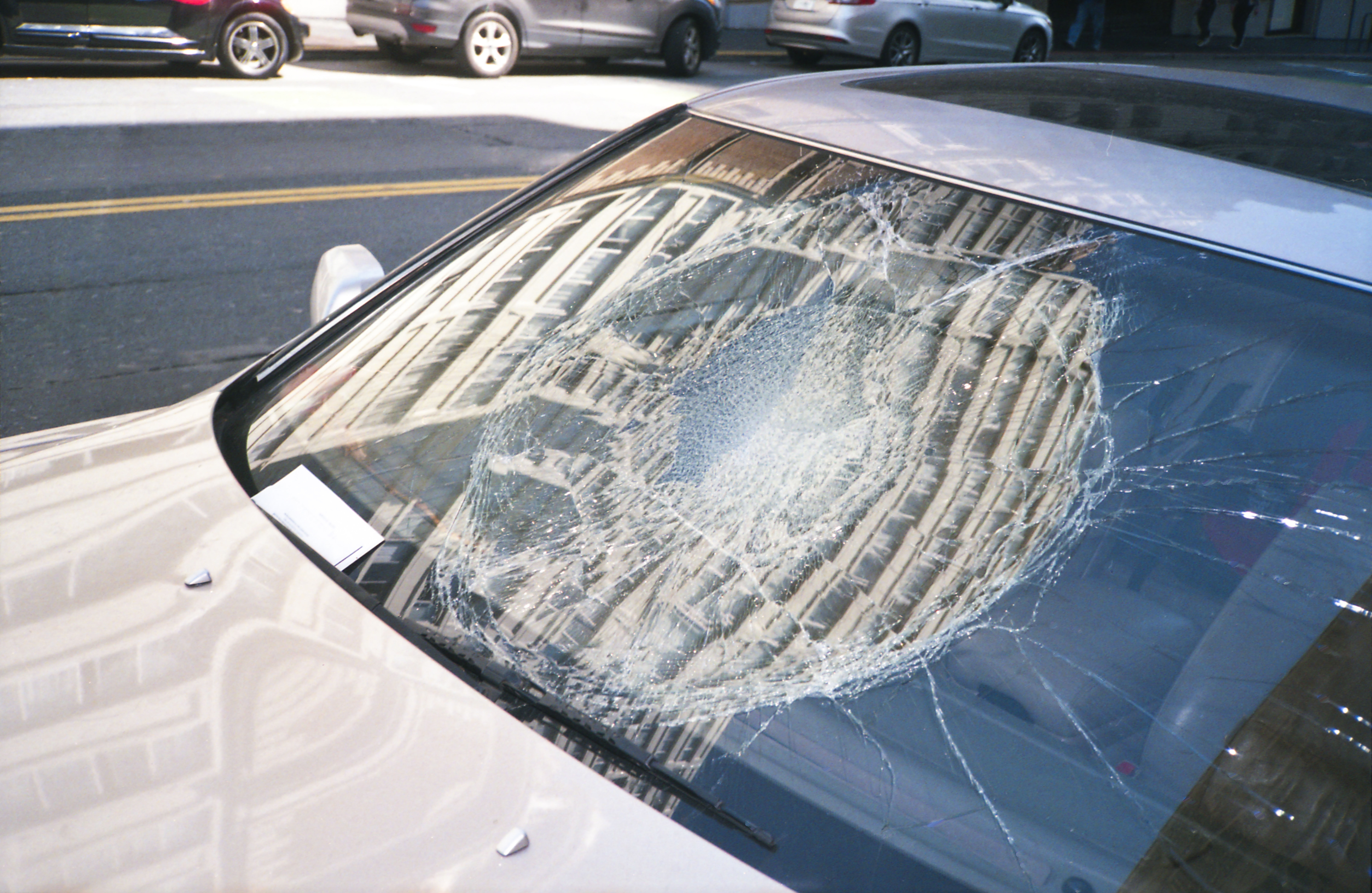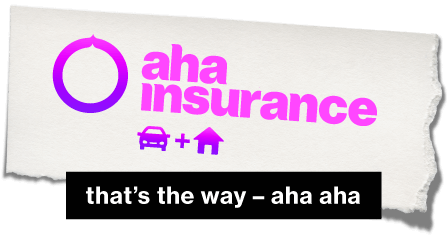Cars and water aren’t always on best terms. While your car won’t mind the spray of water from the garden hose during cleaning, getting submersed in muddy water can do a whole lot of damage to it. You may not be planning for it, but with floods being one of the most frequent natural hazards in Canada, the risks are certainly existent. You can certainly get insurance for natural disasters, but of course you need to have that in force before such an event actually happens.
What should I do about a flooded car?
It doesn’t matter if the flood came after a heavy storm or a flash flood. Your number one priority in a situation like this is to make sure you and any passengers can reach safety (which may not be your home if it’s flooded too). Here are the steps you should take immediately if you are facing a flooded car.
Make sure everybody’s safe first
If the water level rises from a nearby body of water or due to a weather event while you are on the road, make no attempt to drive through the flood. During severe floods, it is not uncommon to see cars swept from the road by the water. You definitely don’t want to be in the car if that happens.
Follow these steps:
- Close all of the windows.
- Turn the engine off.
- Grab your roadside emergency kit.
- Evacuate the vehicle.
- Head to safety and higher ground.
It’s also important to note that most vehicles’ safety ratings won’t be affected much by how they stand up in a flood, if at all. Those ratings are more about things like structural integrity, airbag deployent, and braking ability.
Inform your insurance provider and do not start the engine
Regardless of the car’s ability to bounce back, contacting your insurance provider to report your flooded car should be your top priority after reaching safety. Flood damage is typically something a comprehensive insurance enhancement would cover. If the water level reached the bottom of the dashboard or higher, most insurance companies will consider the car to be beyond repair. In this situation, you will most likely be asked to take the car to a licensed mechanic for a complete evaluation.
However, if the water level was half-way to the top of your wheels, or maybe barely above the bottom of the doors, the damage done to the car should be manageable. There’s usually not a big difference between small cars and big cars, but larger, elevated vehicles might have a slight edge here. It’s a good idea to start the claim process early, giving the insurance company enough time to process all of the information.
Get the car out of the water as soon as it is considered safe to do so. If you are unable to push the car out, consider having it towed. Remember, the longer it stays submerged, the greater the damage to the car. Salt water does unspeakable things to the car’s vital components, in particular.
You should avoid starting the car at all costs. If the water was able to reach the engine, starting it may mix oil with the water and cause irreparable damage to your engine and other vital components.
Is there anything I should do before I take my car to a mechanic?
Before taking the car to your mechanic for a damage assessment, there are a few things you could do to minimize the effects of the water damage.
Disconnect the battery if it’s safe
Water and electricity are a dangerous combination. If you are able to do so safely (and only if it’s safe), disconnect the car battery before checking anything else. This will protect you from the danger of electric shocks that may occur if the water levels were high during the flooding.
If you’re not sure how to do it, then just leave it and don’t stick your hands near a battery. Trust us on this one!
Attempt to dry out the car’s interior
Although you may not have the necessary tools available to dry the car’s interior perfectly, every little bit helps
Leaving the interior exposed to water damage for too long can cause mold and corrosion. You can try soaking up the excess water from the flooring if you set out some towels there. You can open up the car doors and windows to allow the air to dry out the interior as much as possible.
Help the process along by doing these basic things:
- Take out the floor mats to dry
- Remove any containers or items underneath seats to air out the space
- Soak up any puddles left over with a towel
Determine the level of submersion
After the flooded car has been removed from the flood area, you should take a look at how high the water levels were in relation to your car. This can give you a good idea about the level of damage you should expect. You should be able to find discernible water marks in the car’s interior. This information may prove to be useful to the mechanic who evaluates it for damage.
When trying to estimate and repair water damage by yourself , it would generally be best to do the basic things, like drying the interior. Leave things like oil or air filter to a licensed mechanic.
If this happened at your home, then read our suggestions on protecting your home against further flooding as well. It would also be a good idea to sign up for the comprehensive insurance enhancement, to make sure your insurance company will be able to cover the losses or repairs of a flooded car. Get the best insurance enhancement for your car right here!






